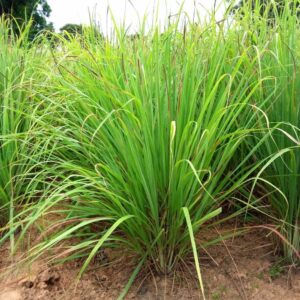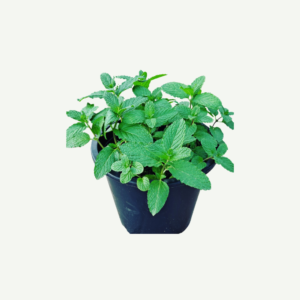Rosemary (Rosmarinus officinalis) is an aromatic and versatile herb from the Lamiaceae family. Native to the Mediterranean region, rosemary is a woody perennial shrub that is highly valued for its culinary, medicinal, and ornamental uses. It is a popular herb in various cuisines and has been used for centuries for its fragrant leaves, which add flavor to a wide range of dishes.
Culinary and Medicinal Uses:
Rosemary is widely used as a culinary herb to flavor various dishes, such as roasted meats, vegetables, soups, and bread. Its strong, aromatic flavor adds depth and complexity to recipes.
The leaves of rosemary can be used fresh or dried, and the woody stems are often used as skewers for grilling to infuse foods with its aroma.
In traditional medicine, rosemary has been used for its potential health benefits. It is believed to have antioxidant and anti-inflammatory properties, and some studies suggest it may support digestion and brain health.
Landscape Use:
Rosemary is a popular herb for herb gardens, where it can be grown in pots or directly in the ground.
It is often used in landscaping as an ornamental shrub, particularly in Mediterranean-style gardens or as a low hedge along walkways.
Rosemary is also suitable for container gardening on patios or balconies, making it easily accessible for culinary use.
Overall, rosemary is a versatile and attractive herb that is a must-have in any herb garden or landscape. Its delightful aroma, culinary versatility, and potential health benefits make it a beloved herb among gardeners, chefs, and herbalists alike. With proper care, rosemary can thrive for many years, providing beauty, fragrance, and flavor to your outdoor spaces and kitchen.
Here’s a general description of rosemary:
Plant Characteristics:
Leaves: Rosemary has needle-like, evergreen leaves that are dark green on the upper side and silvery-white on the lower side. The leaves are arranged opposite each other along woody stems and have a pungent, pine-like aroma when crushed or rubbed.
Flowers: Rosemary produces small, pale blue to lavender-blue flowers in clusters. The flowers are attractive to bees and other pollinators, making rosemary a beneficial plant for pollinator gardens.
Growth Habit: Rosemary can grow as a bushy, upright shrub, or as a trailing plant, depending on the variety and how it is pruned. It can reach a height of 2 to 6 feet (60 to 180 centimeters), with a spread of 2 to 4 feet (60 to 120 centimeters).
Cultural Requirements:
Light: Rosemary thrives in full sunlight. It requires at least 6 to 8 hours of direct sunlight each day to grow vigorously and produce the best flavor in its leaves.
Temperature: Rosemary prefers warm temperatures and is well-suited to Mediterranean climates. It can tolerate light frost, but prolonged exposure to freezing temperatures can damage the plant.
Watering: Rosemary is drought-tolerant once established and prefers well-draining soil. Allow the soil to dry out slightly between waterings to prevent overwatering and root rot.
Soil: Rosemary grows best in well-draining soil with a slightly alkaline to neutral pH. Sandy or loamy soils are suitable for this herb.
Fertilization: Rosemary generally doesn’t require heavy fertilization. A light application of balanced fertilizer in the spring can support healthy growth.






